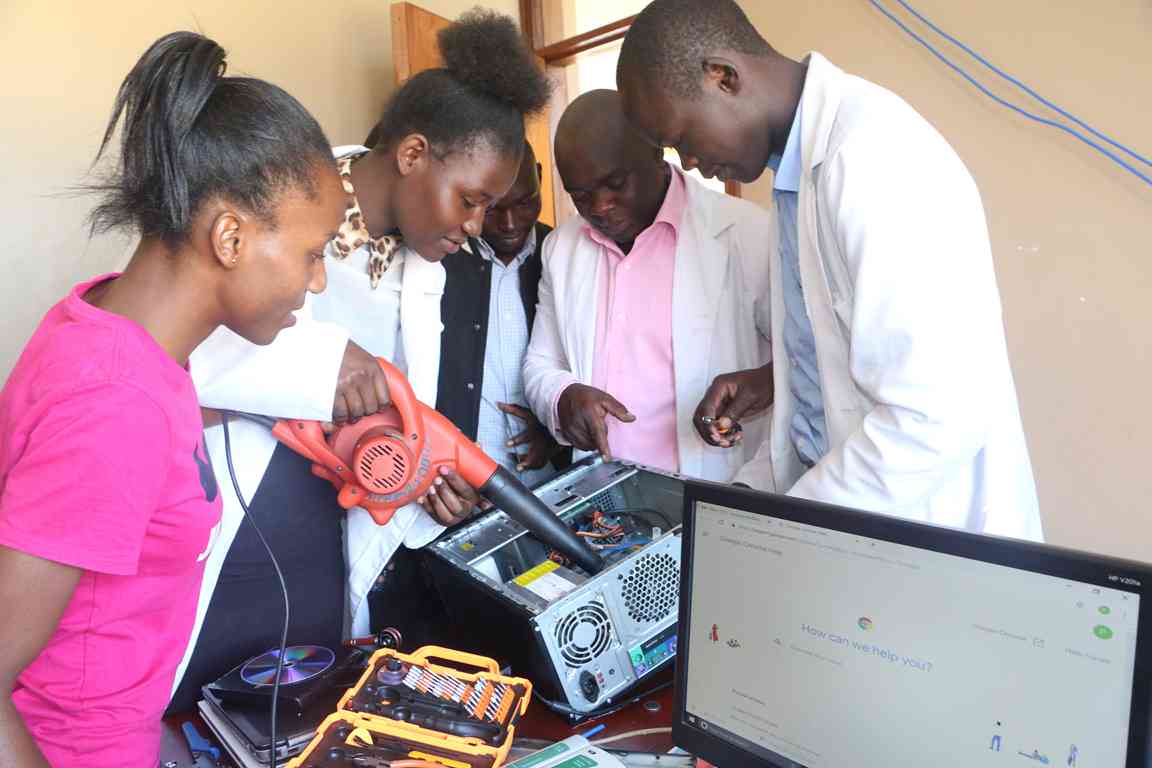- Offering even a small stipend can help them cover basic expenses such as transport, meals, and professional attire. It also boosts their morale and sense of value.
Industrial attachment is a vital component of many academic programs, providing students with hands-on experience that bridges the gap between theory and practice while preparing them for the job market.
A key question continues to spark debate across institutions, workplaces, and online platforms: Should students be paid during industrial attachment? While the experience gained is invaluable, the issue of compensation raises ethical and practical concerns for both students and employers.
On one hand, paying students during their attachment acknowledges their contributions to the workforce. Many students take on real responsibilities—handling clients, operating machines, creating reports, and assisting in crucial operations. In these instances, they are not merely learning; they are actively supporting the organization's daily functions.
Even a small stipend can help students cover essential expenses such as transport, meals, and professional attire. Additionally, it boosts their morale and sense of value.
Not all students come from privileged backgrounds; some face significant financial challenges. For such individuals, an unpaid attachment can become a source of stress rather than growth, potentially leading to absenteeism or even dropping out due to lack of funds.
Read More
On the other side, some argue that the primary goal of attachment is education, not employment. They believe companies should provide mentorship, exposure, and training without the obligation to pay.
In industries with tight budgets, it may not be realistic to expect compensation for every student. Furthermore, attaching pay might shift the student’s focus from learning to earning, which could dilute the original purpose of the attachment.
However, this debate calls for balance. While not every organization can afford full salaries, offering at least transport or lunch stipends would demonstrate appreciation and support for students.
While the main objective of industrial attachment is learning, students should receive compensation, even if minimal, for their efforts and contributions.
Payment is not just about money; it signifies fairness, motivation, and respect. As institutions continue to prepare students for the job market, it’s time to rethink how attachments are structured, ensuring that no student has to choose between gaining experience and affording basic necessities.












